The second law of thermodynamics states that in all spontaneous processes, the total entropy of the system and its surroundings always increases, and the entropy change of the universe cannot be negative. This law also indicates that heat flows spontaneously from a hotter object to a colder object, and never in the reverse direction, unless external work is performed.
Examples
Melting ice cube
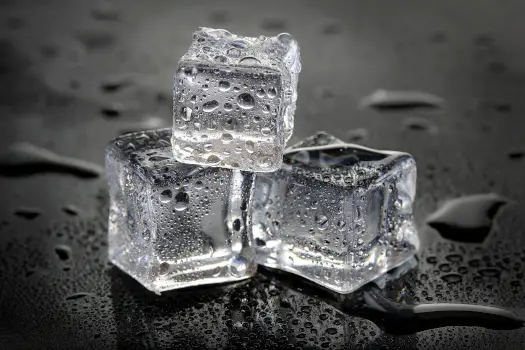
An ice cube placed in the water melts on its own, but doesn’t form an ice again on its own. This is an example of the second law of thermodynamics because the process is spontaneous and irreversible. The ice cube melts because heat flows from the water to the ice, causing the ice to absorb heat and melt. However, the reverse process, i.e., the water molecules coming together to form an ice cube again, is highly improbable because it would require heat to flow from the colder ice to the warmer water, which goes against the direction of spontaneous heat flow.
Cooling coffee

Hot coffee cools down, following the second law of thermodynamics. The coffee loses heat to the colder surroundings until it reaches equilibrium. However, the coffee cannot become hot again on its own as it would require heat to flow from the colder surroundings to the warmer coffee, which is not a spontaneous process.
Rolling ball
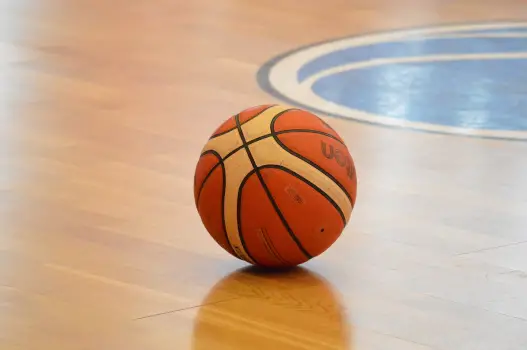
A rolling ball slows down and eventually stops due to friction with the floor. The second law of thermodynamics explains this behaviour as the ball loses kinetic energy, which gets converted into thermal energy, and eventually dissipates into the surroundings. However, the ball does not start moving again on its own because it requires an input of energy to overcome the friction and regain its kinetic energy, which goes against the direction of spontaneous energy transfer as dictated by the second law of thermodynamics.
Expanding gas
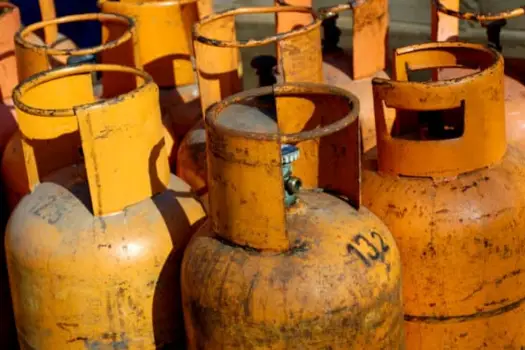
Gas once released from the cylinder expands on its own, but doesn’t come inside the cylinder again on its own. This is an example of the second law of thermodynamics because the gas expands to fill the available space, increasing the entropy of the system. However, the reverse process, i.e., the gas coming back into the cylinder on its own, is highly unlikely because it would require a decrease in entropy, which goes against the direction of spontaneous processes.
Crumbling building
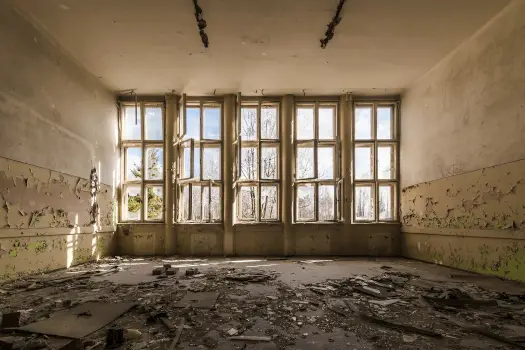
An old building slowly collapses on its own due to natural processes such as weathering, erosion, and decay. However, the building cannot rebuild on its own because that would require an input of energy to reverse the natural decay process, which is unlikely to occur without external intervention. This is an example of the second law of thermodynamics because it reflects the natural tendency of systems to move towards a state of greater disorder and higher entropy.
Falling water
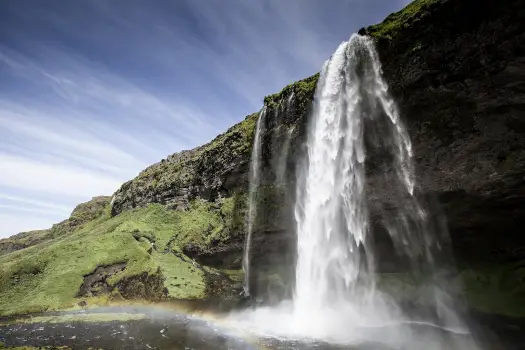
Water flows down from a waterfall due to the force of gravity, converting potential energy to kinetic energy. However, the water cannot flow back up the waterfall on its own because that would require an input of energy to overcome gravity and reverse the direction of flow. This is an example of the second law of thermodynamics because it reflects the natural tendency of energy to flow spontaneously from higher to lower states, and the difficulty of reversing this flow without external intervention.
Air expansion

When air is released from a balloon, it expands on its own, but it does not come back into the balloon on its own. This is due to the second law of thermodynamics, which states that the entropy of the system always increases in a spontaneous process. The air molecules, once released from the balloon, spread out in all directions, increasing the entropy of the system. However, for the air to go back into the balloon, the molecules would need to return to a more ordered state, which would decrease the entropy. This would go against the second law of thermodynamics, making it highly unlikely for the air to come back into the balloon on its own.
Mixed gases
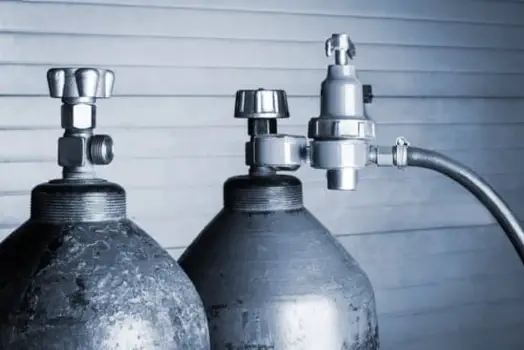
The mixing of two different gases is a spontaneous process that increases the entropy of the system, as dictated by the second law of thermodynamics. The gases will mix on their own until they reach a state of maximum entropy, which is unlikely to reverse on its own. This is because the process of separating the gases would require a decrease in entropy, which goes against the direction of spontaneous processes.
Flowing water
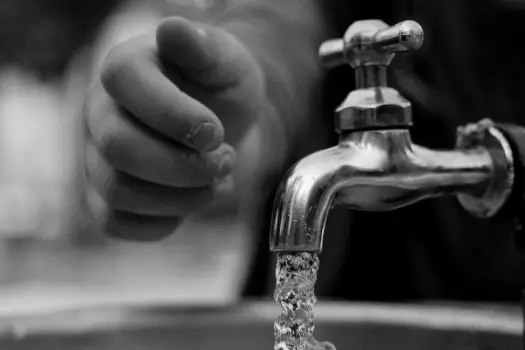
Water released from a tap flows down on its own, but it doesn’t go back up on its own. This is because the water has potential energy due to its height above the ground. When it is released, the potential energy is converted to kinetic energy, and the water flows downhill due to the force of gravity. This process increases the entropy of the system because the water becomes more disordered. However, for the water to go back up, the system would need to become more ordered, which would require an input of energy, such as a pump, to lift the water back up. This goes against the direction of spontaneous processes and is therefore unlikely to occur on its own.
Body heat
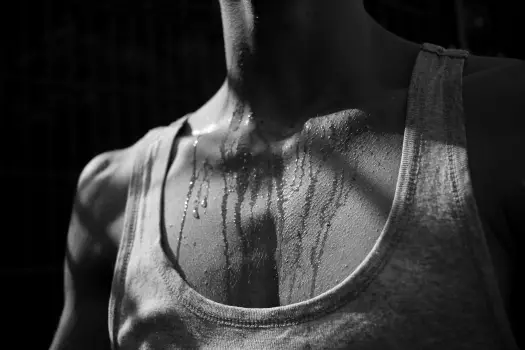
While standing in a crowded room, our body feels warm and starts sweating. This is because our body is at a higher temperature than the surrounding air, and heat flows from our body to the cooler air. The sweating occurs as a result of our body’s attempt to regulate its temperature and prevent overheating. This is an example of heat transfer due to the second law of thermodynamics, which states that heat flows spontaneously from a hotter object to a colder object.
Hot bath
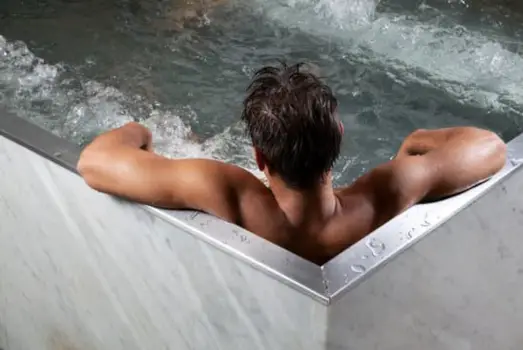
While taking a bath in a hot water bathtub, the water feels warm. This is because heat flows from the hot water to our body, which is at a lower temperature. The heat transfer occurs due to the second law of thermodynamics, which states that heat flows spontaneously from a hotter object to a colder object. The warm water also heats up the surrounding air in the bathroom, leading to a further increase in the entropy of the system.
Related
- Thermodynamics
More topics
- Zeroth law of thermodynamics
- First law of thermodynamics
- Second law of thermodynamics
- Third law of thermodynamics
External links
- Second law of thermodynamics – Britannica
- Second Law – Entropy | Glenn Research Center – NASA (.gov)
- 12.3 Second Law of Thermodynamics: Entropy – Physics – OpenStax
- Second Law of Thermodynamics: Statement, Equation, & Examples – Chemistry Learner
- 1.4: The Second Law of Thermodynamics – Chemistry LibreTexts
- What Are Some Everyday Examples of the First & Second Laws of Thermodynamics? – Education – Seattle PI
- Second law of thermodynamics – Wikipedia
- Second Law and Engines: Example, Application & Importance – Vaia
- What is the second law of thermodynamics? – Live Science
- What are some examples explaining the second law of thermodynamics? – Quora
- Does Nature Break the Second Law of Thermodynamics? – Scientific American
- Second law of thermodynamics “broken” – New Scientist
- The Laws of Thermodynamics (1st, 2nd, and 3rd) – Chad’s Prep
- Second Law of Thermodynamics – an overview – ScienceDirect
- The Second Law of Thermodynamics – Teach Me to Science
- second law of thermodynamics – The Worlds of David Darling
- An Introduction to the Second Law of Thermodynamics – Wondrium Daily
- The Second Law of Thermodynamics – Simon Fraser University
- Second Law of Thermodynamics – HyperPhysics Concepts
- The Second Law of Thermodynamics – Chem1
- What is an example or second law of thermodynamics? – Homework.Study.com
- Second Law of Thermodynamics: Definition, Equation & Examples – Sciencing
- What is the second law of thermodynamics? | Science – The Guardian
Deep
Learnool.com was founded by Deep Rana, who is a mechanical engineer by profession and a blogger by passion. He has a good conceptual knowledge on different educational topics and he provides the same on this website. He loves to learn something new everyday and believes that the best utilization of free time is developing a new skill.
